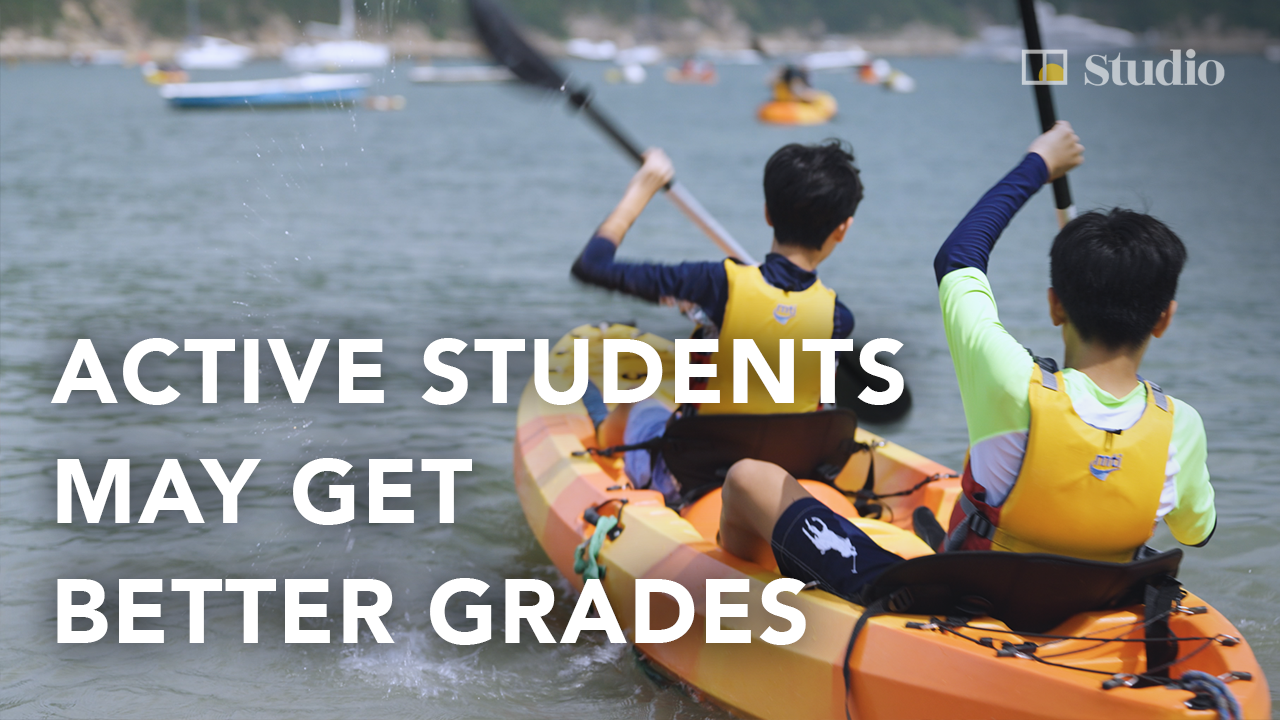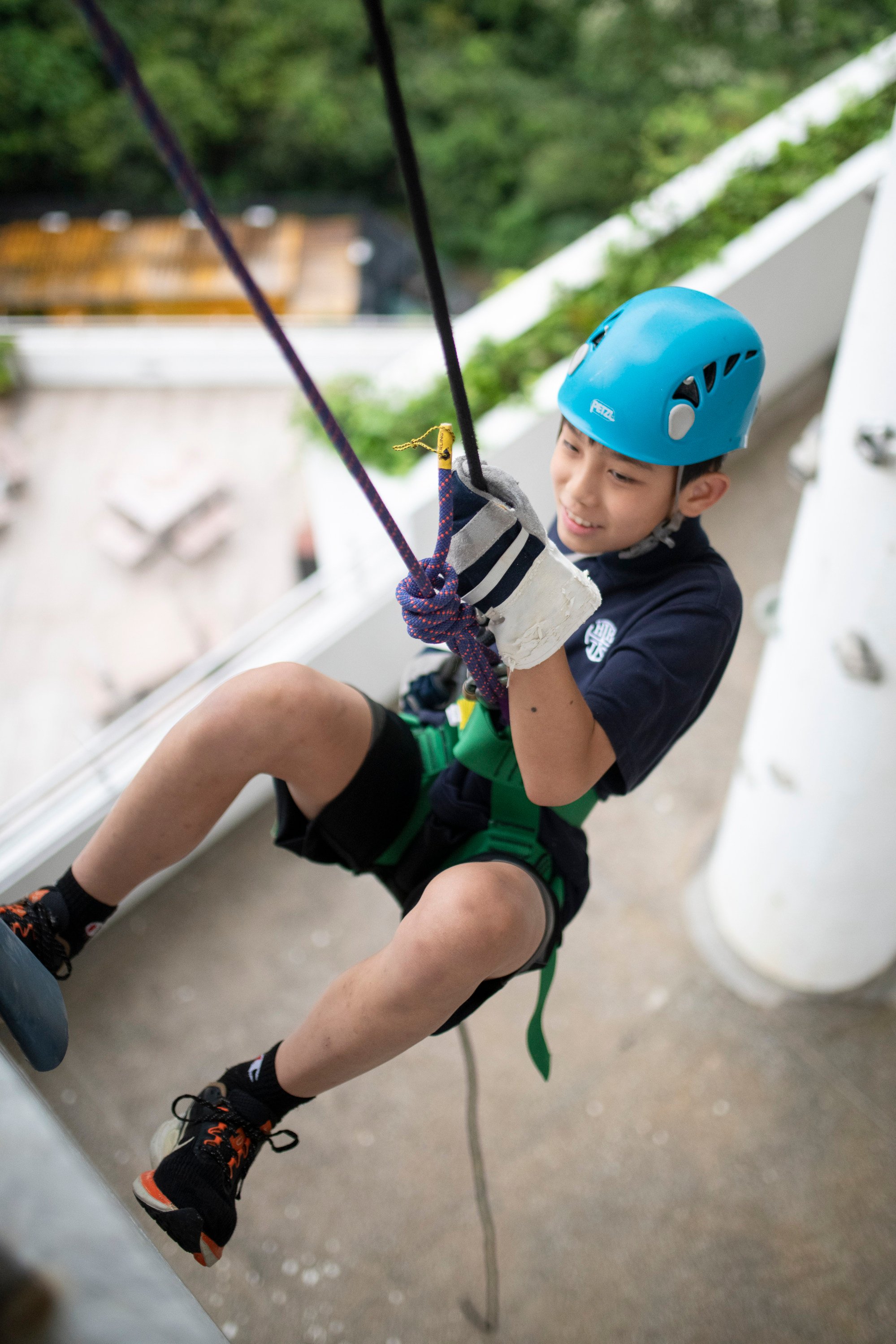
04:11
Young athletes can better manage time and adversity, says HKIS’ director of activities and athletics
Why physically active children tend to be better at their studies, time management and overcoming adversity
- Playing sports has great health benefits, including ensuring healthy development in young people, enhancing thinking and learning skills, and reducing symptoms of depression and anxiety
- Teachers and coaches must create engaging student-centred programmes that get children excited, says Todd Parham, director of activities and athletics at Hong Kong International School
More than 80 per cent of the world’s school-going adolescent population is not active enough, research by the World Health Organization (WHO) has shown. Global adolescents have been failing to do even one hour of physical activity per day – including 85 per cent of girls and 78 per cent of boys.
Although there are now signs that the number of children doing regular exercise has returned to pre-Covid-19-pandemic levels, the international health agency says more needs to be done to change these sedentary habits.
Technology has a lot to do with it, Todd Parham, director of activities and athletics at Hong Kong International School (HKIS), says during the latest edition of EdTalk – the South China Morning Post’s recurring video series of interviews that discuss pertinent issues surrounding education.
“Children are deriving social engagement on-screen in the technology world versus going outside to play and be active, like when I was growing up,” he says.
WHO’s “physical activity” guidelines, published in October 2022, highlight the significant benefits of physical activity for our hearts, bodies, minds and overall well-being. It can ensure healthy growth and development in young people, enhance thinking, learning and judgment skills, and also reduce symptoms of depression and anxiety.
“It’s pretty well documented that inactivity has a direct correlation to heart disease, high blood pressure and diabetes, but also, not being involved in clubs and activities takes away the opportunities for kids to get out of their comfort zone and challenge themselves,” Parham says.

He says taking part in sports and other activities offers many positives. “The number one benefit is time management – athletes have to learn to really manage their time because in a span of a day, they get pulled in different directions,” he says.
“They have homework, family commitments, practice and game sessions, so they have to be mindful and plan their time well or they won’t succeed at school and in their sports programmes. Developing that time management skill plays into so many parts of their educational experience.”
As a result, those children who take part in regular sports and activities tend to perform better academically, with many studies showing that they are more likely to achieve better grades.
Sports and activities also have a big impact on young people’s social skills and emotional well-being. “While children are in these activities, they learn how to deal with adversity and build commitment to their teammates and their coach,” Parham says.
“We don’t talk about this enough: sports and activities – and athletics in general – teach students how to be successful, gracious winners, but also how to lose humbly. I think we undervalue that component of athletics because in life, and in school and in college, and later in careers, you’re faced with all of those things.”

However, not all children are naturally interested in sports, nor immediately keen to start taking part in physical activities, which means teachers must try harder to get them involved. “My job as the director of activities and athletics is to find out what students want to do and what parents want for their children to do, and in turn, create and promote those opportunities,” Parham says.
“Teachers and coaches need to create student-centred programmes that they want to engage in, because once they get a taste of it, it spreads like wildfire. When the kids get engaged, they get excited, they tell their friends, and then next thing you know, we are doing additional programmes on different days because it’s so successful.
“We provide opportunities for kids to develop those passions in life and, if we can help them fire up those passions, they will stay with them for a lifetime.”
HKIS, an American-style, co-educational school on the southern coast of Hong Kong Island for children from reception to Grade 12, aged four to 18, offers an extensive range of after-school activities and sports. These include football, swimming, basketball, rugby, tennis, badminton, volleyball and gymnastics, where students can explore new sports and also develop lifelong skills such as teamwork, discipline and sportsmanship.
“We work with in-house and external providers to work with our students, offering sponsored as well as paid programmes,” Parham says. “We have something for every age group, from elementary through to the seniors in high school.”

Of course having an impressive range of sports facilities can help to encourage students to become more active and take up different sports, too. “We’re fortunate at HKIS with our current campus facilities and also what we can provide in the near future, with our upcoming student activity centre,” Parham says.
Its state-of-the-art centre, scheduled to open later this year, will include an eight-lane indoor swimming pool, three-storey climbing wall, four rooftop tennis courts, two multipurpose gymnasiums, a dance studio and martial arts studio, cycling and rowing rooms and four indoor golf bays, and more than 180 parking spaces.
“I think one of the best things about the student activity centre is that it’s not just designed for our students,” Parham says. “We’re trying to open it up to the greater Hong Kong public, especially the Southside [area in and around Tai Tam],” Parham says. “With the centre’s launch, we are going to be able to increase the depth and the breadth of what we’re offering to our community.”

